Imagine stepping into a world where ancient giants roamed, where the air was thick with mystery, and the future of Earth’s creatures was unwritten. Now, picture a survivor from that lost era, quietly thriving in the shadow of extinction. The tuatara, a reptile found only in New Zealand, is a living fossil—an astonishing testament to resilience and adaptation. It has outlasted the dinosaurs, witnessed continents drift, and now stands as a bridge between the ancient past and our modern world. The story of the tuatara is as incredible as it is inspiring, reminding us that sometimes, the most extraordinary creatures are the ones hiding in plain sight.
The Mysterious Origins of the Tuatara
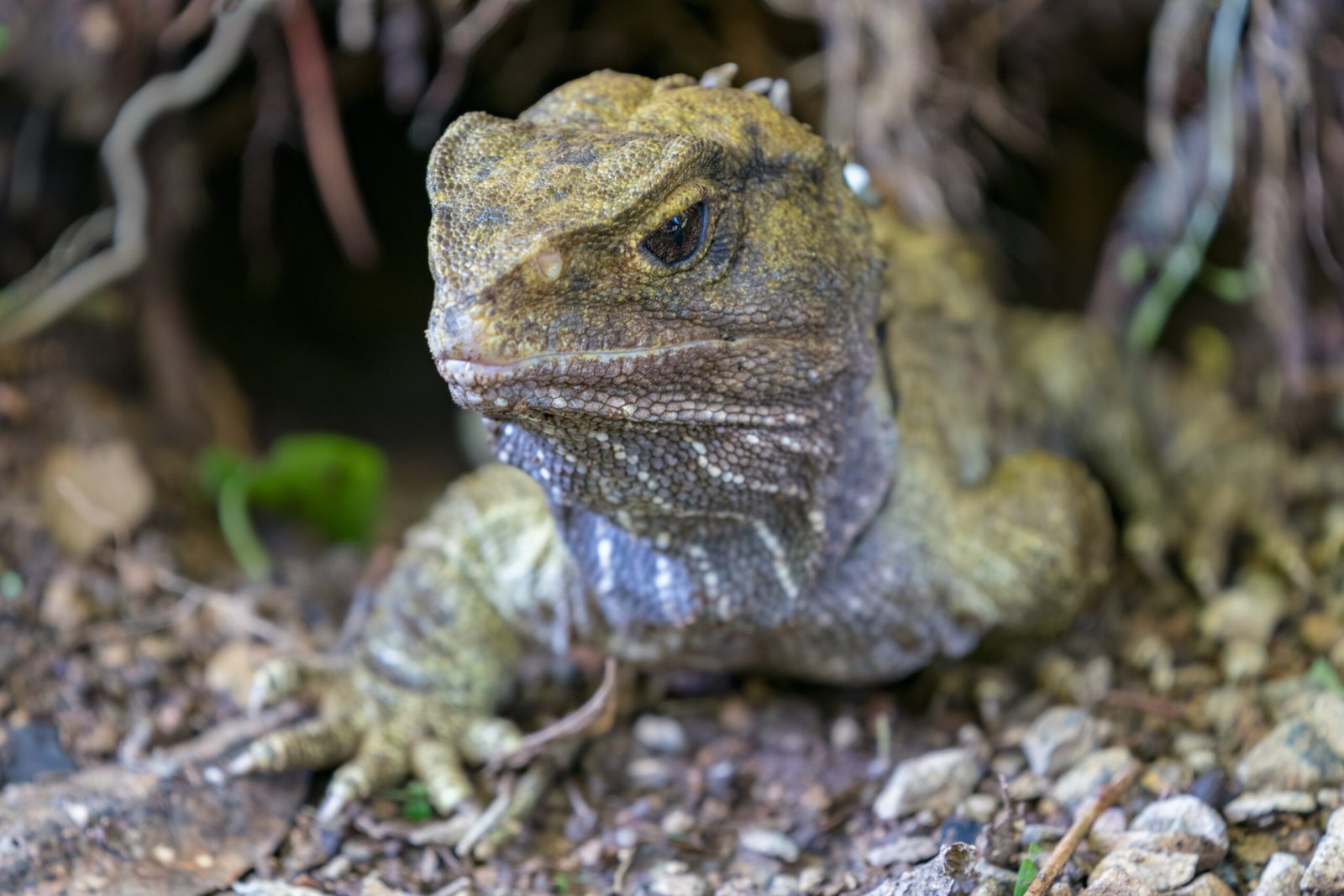
The tuatara’s lineage stretches back over 200 million years, placing it among the oldest living reptiles on Earth. Unlike lizards or snakes, tuatara belong to a unique order called Rhynchocephalia, which once flourished across the globe during the Mesozoic Era. Today, all other members of this order have vanished, leaving the tuatara as their only surviving representative. This ancient heritage makes the tuatara a crucial piece in the puzzle of reptilian evolution. Scientists often refer to it as a “living fossil,” not because it hasn’t changed at all, but because it preserves so many ancestral traits lost in other reptiles. When you look at a tuatara, you’re peering directly into the distant past.
Unique Features That Set Tuatara Apart
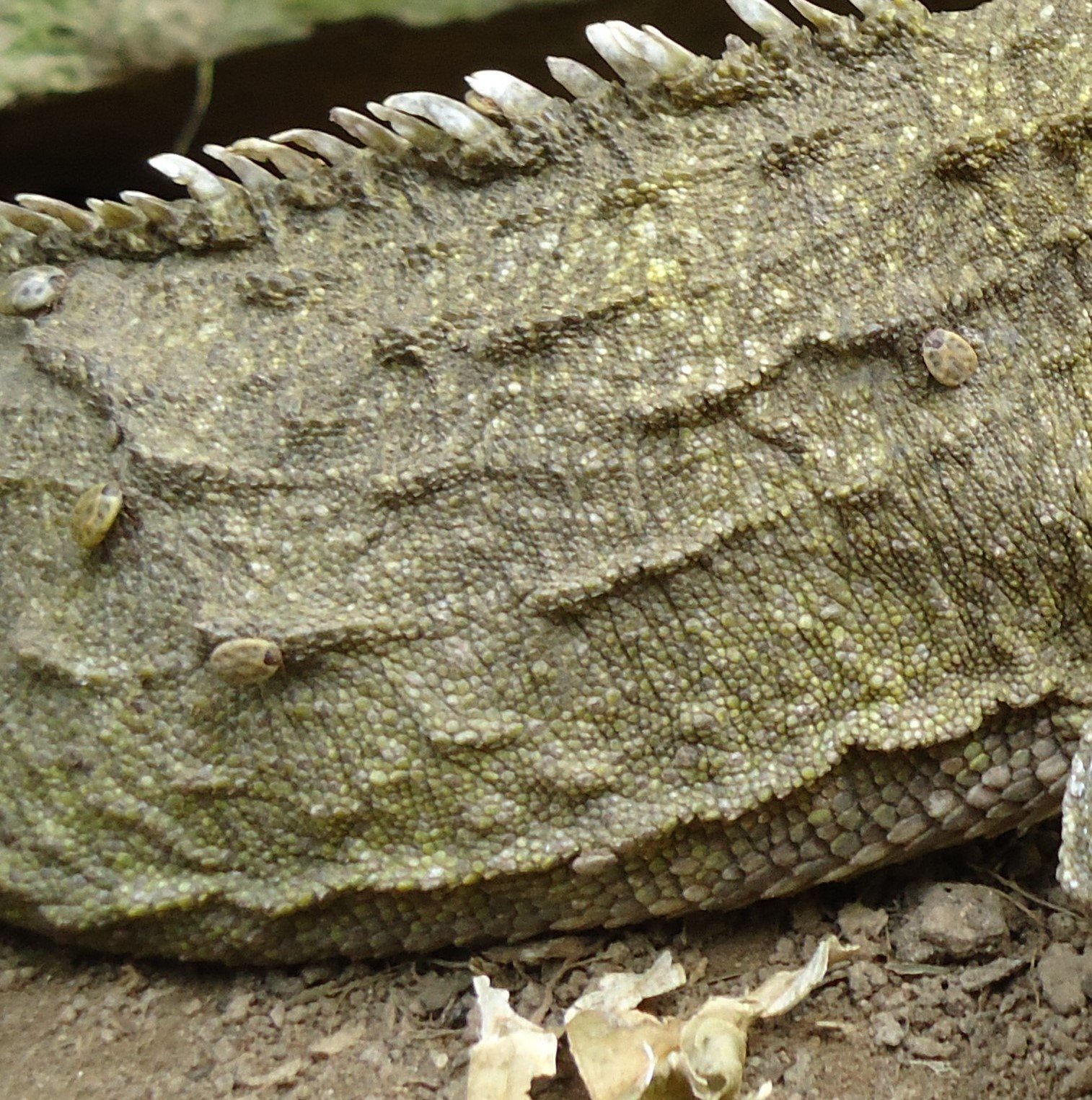
At first glance, the tuatara might look like an ordinary lizard, but closer inspection reveals some truly bizarre traits. For one, it possesses a third eye—called a parietal eye—on top of its head, which is visible in hatchlings and covered by scales in adults. This mysterious organ is thought to help regulate their biological rhythms and sense changes in light. Tuatara jaws work with a shearing motion, unlike the crushing bite of most lizards, allowing them to slice through prey with remarkable efficiency. Their teeth are actually extensions of the jaw bone and are not replaced, meaning their bite changes as they age. These features, along with a spiny crest running down their backs, make tuatara unmistakable among reptiles.
Surviving the Age of Dinosaurs
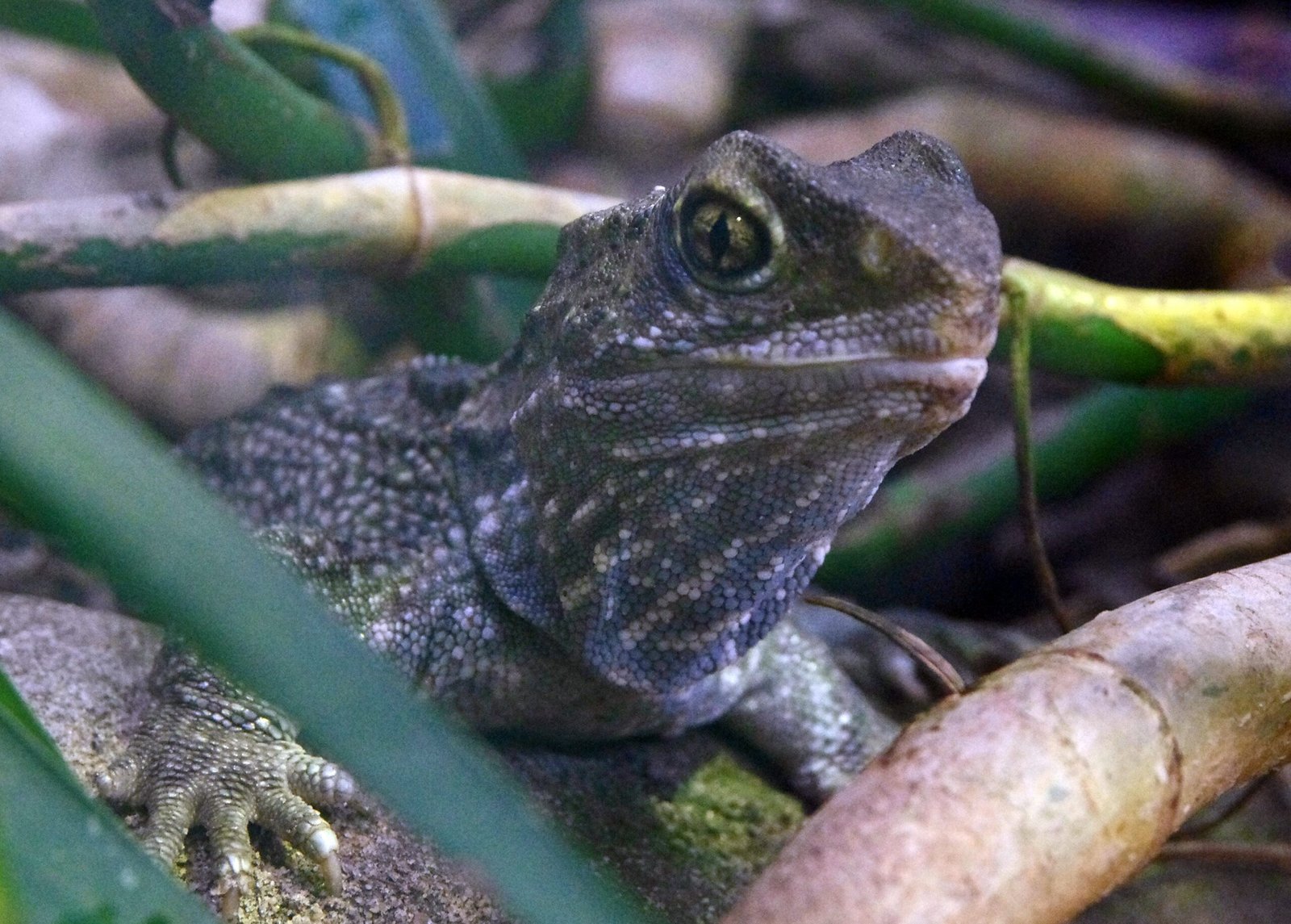
Long before mammals and birds dominated the planet, tuatara ancestors shared the world with dinosaurs. While most of their contemporaries perished in the catastrophic event that wiped out the dinosaurs 66 million years ago, tuatara endured. Their survival may be attributed to a slow metabolism, flexible diet, and ability to thrive in cooler climates. Unlike many reptiles, tuatara are most active at lower temperatures, a trait that may have helped them outlast their warm-blooded rivals. Their story is one of quiet perseverance, surviving on isolated islands as the world around them changed forever.
Life on Remote New Zealand Islands
Today, tuatara are found only on a handful of small, predator-free islands off the coast of New Zealand. These islands, like Stephens Island and Little Barrier Island, have become sanctuaries for tuatara, protecting them from introduced predators such as rats, cats, and stoats. The isolation of these habitats is both a blessing and a curse—while it keeps tuatara safe, it also makes their populations extremely vulnerable to environmental changes and disease. Conservationists have worked tirelessly to maintain these fragile ecosystems, ensuring that tuatara have a fighting chance at survival in the wild.
A Slow and Steady Life Cycle
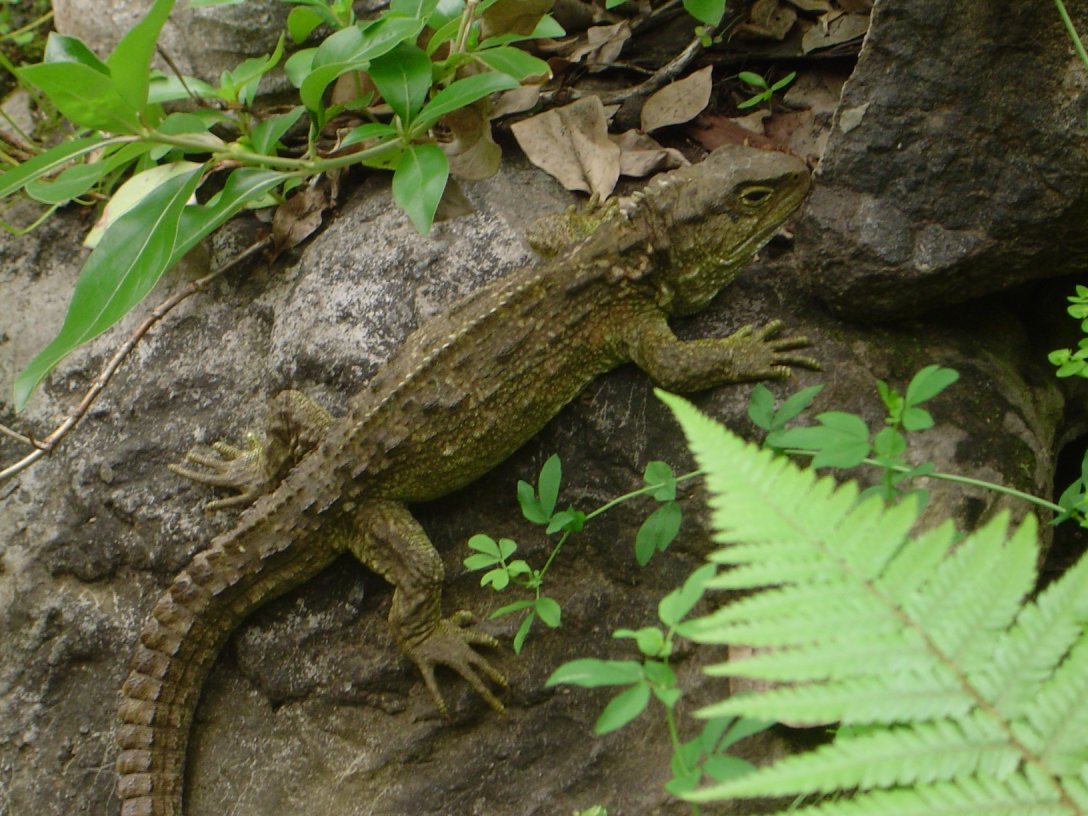
Tuatara are the ultimate late bloomers in the animal kingdom. They grow slowly, taking up to 20 years to reach full maturity, and can live for over a century in the right conditions. Females lay eggs only once every two to five years, making their reproductive cycle one of the slowest among reptiles. The eggs then incubate for up to 15 months—the longest incubation period of any reptile. This slow pace of life makes tuatara especially susceptible to threats, as they cannot quickly recover from population declines. Yet, it also means that every individual tuatara carries decades of experience, having weathered many seasons of change.
The Science Behind the “Third Eye”
One of the tuatara’s most intriguing features is its parietal or “third” eye. This small, light-sensitive organ is not used for seeing like the other two eyes, but it plays a role in regulating daily and seasonal rhythms. Scientists believe the third eye helps tuatara detect changes in light and temperature, aiding in processes such as thermoregulation and hormone production. In hatchlings, this eye is visible as a small spot on top of the head, but it becomes covered with scales as the tuatara matures. Although its exact function remains a mystery, the presence of a third eye is a striking reminder of the tuatara’s deep evolutionary roots.
Cold-Blooded Champions: Adapting to Cool Climates
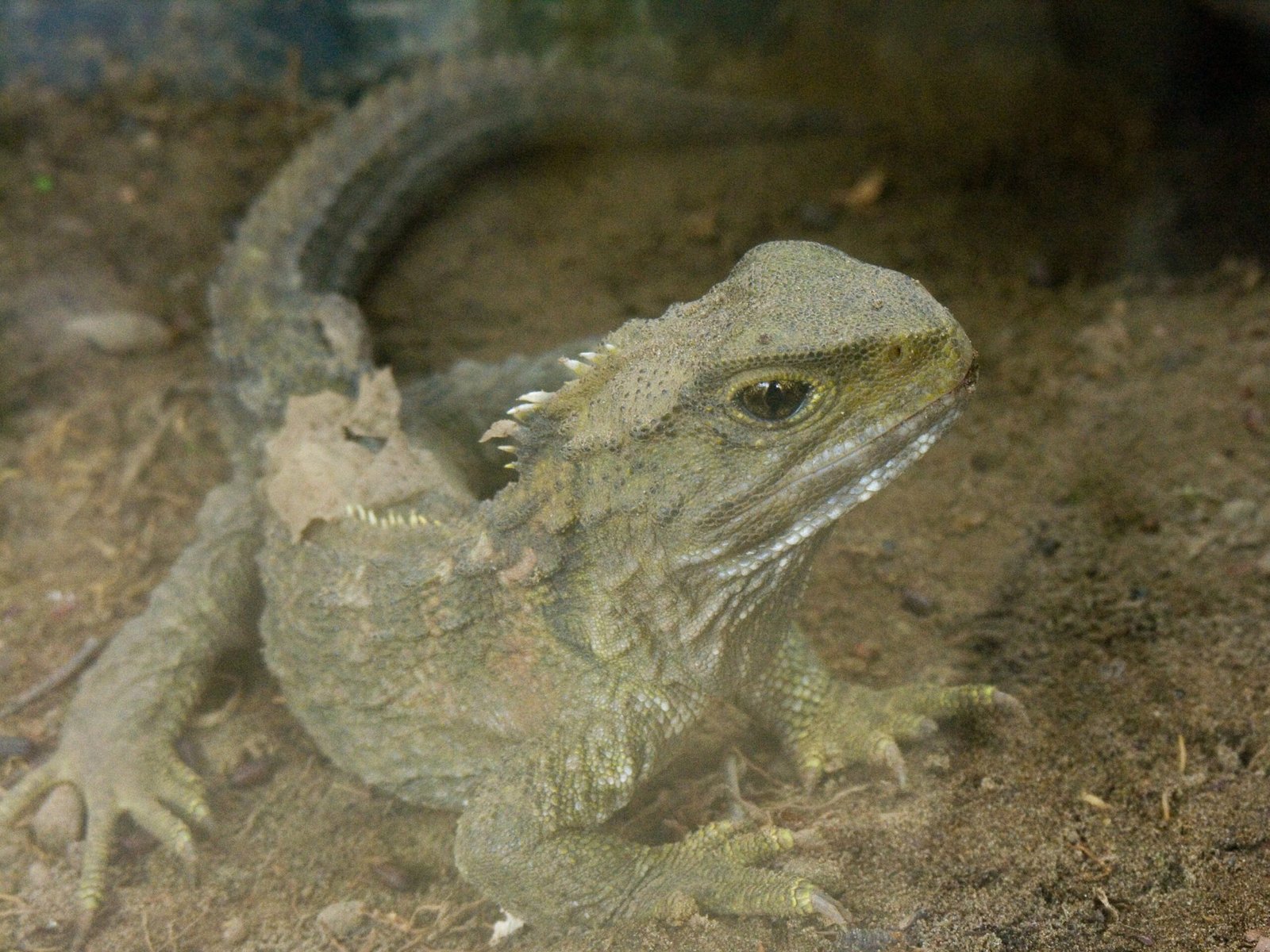
Unlike most reptiles, tuatara are well-suited to cooler environments. Their metabolism operates efficiently at temperatures that would render most lizards sluggish or inactive. This adaptation allows them to be active during cool nights and even in winter, when other reptiles are forced into hibernation or inactivity. Tuatara are often seen basking in the sun to warm up, but they are equally comfortable hunting at night for insects, spiders, and small birds. Their ability to function in a wide range of temperatures has helped them survive in New Zealand’s unpredictable climate, where cold snaps are common.
The Role of Tuatara in Māori Culture
For the indigenous Māori people of New Zealand, tuatara hold a special place in tradition and myth. They are considered taonga, or treasures, and are often associated with guardianship and ancient wisdom. Some Māori legends describe tuatara as messengers between the physical and spiritual worlds, a fitting role for a creature that has seen the rise and fall of so many species. The effort to protect and restore tuatara populations is deeply intertwined with Māori values, and many conservation programs work in partnership with local iwi (tribes) to ensure these remarkable reptiles continue to thrive.
Modern Conservation Efforts
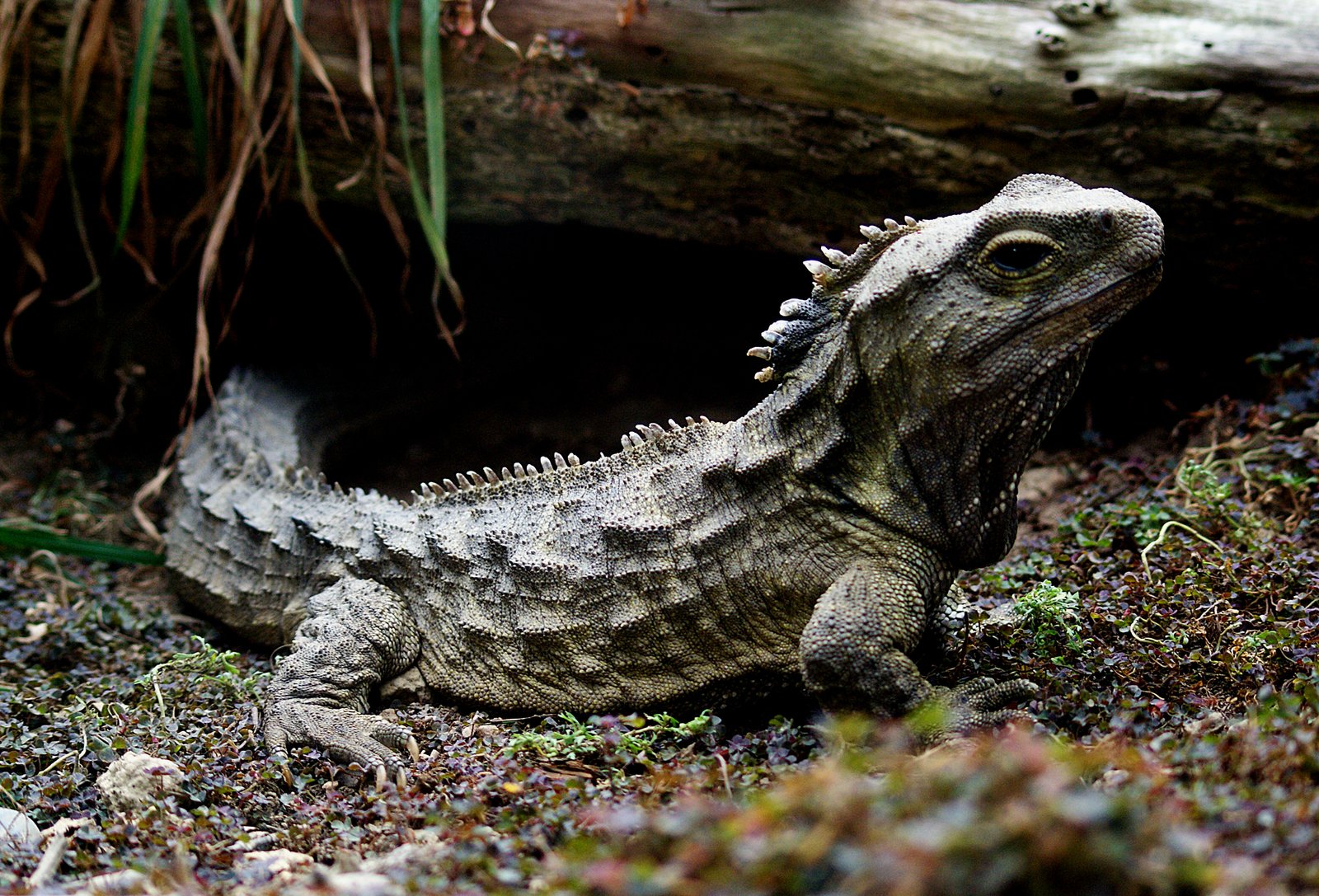
The tuatara’s survival story is far from over. After centuries of decline due to habitat loss and invasive predators, dedicated conservationists have stepped in to protect remaining populations. Intensive breeding and relocation programs have moved tuatara to predator-free islands and mainland sanctuaries. Scientists monitor these populations closely, tracking genetic diversity and health to ensure long-term survival. Public education campaigns have also raised awareness, turning the tuatara into a symbol of hope for New Zealand’s unique wildlife. While challenges remain, recent years have seen a slow but steady recovery in tuatara numbers.
Tuatara in Scientific Research
Tuatara have become a goldmine for scientific discovery, offering insights into genetics, evolution, and physiology. Their DNA has revealed secrets about ancient reptilian lineages, helping researchers understand how modern reptiles evolved. The tuatara’s immune system, unusually strong for a reptile, is being studied for clues to fighting disease. Even their slow aging process has sparked interest, with scientists searching for the genetic factors that allow tuatara to live so long with minimal signs of decline. Every new discovery underscores just how unique and valuable these ancient reptiles are to science.
What the Future Holds for the Tuatara
Looking ahead, the fate of the tuatara hangs in a delicate balance. Climate change poses new risks, with rising temperatures potentially skewing the sex ratio of hatchlings (since temperature determines the sex of tuatara eggs). Habitat protection, careful monitoring, and continued collaboration with Māori communities will be vital for their continued survival. The tuatara’s journey is a powerful reminder of both the fragility and resilience of life on Earth. Their continued existence offers hope that, with care and determination, even the most ancient survivors can find a place in the modern world.


